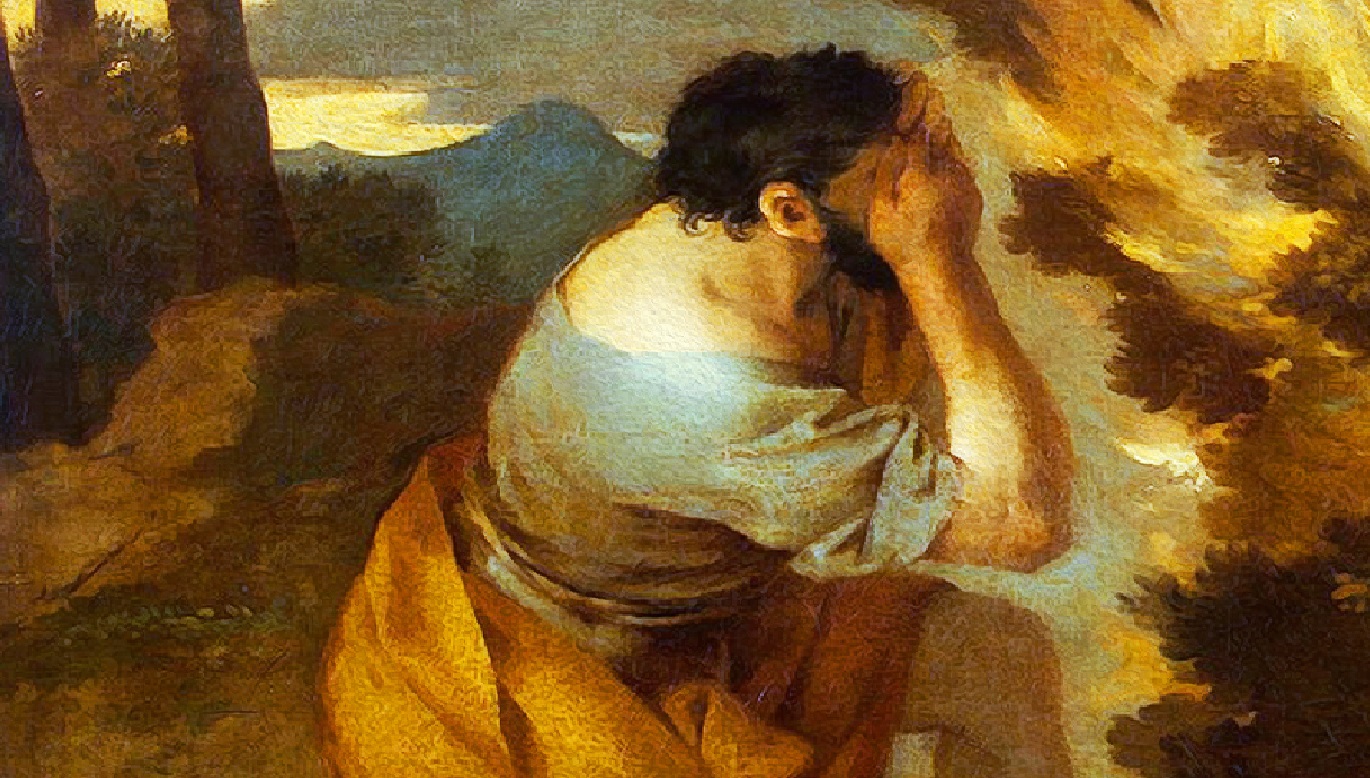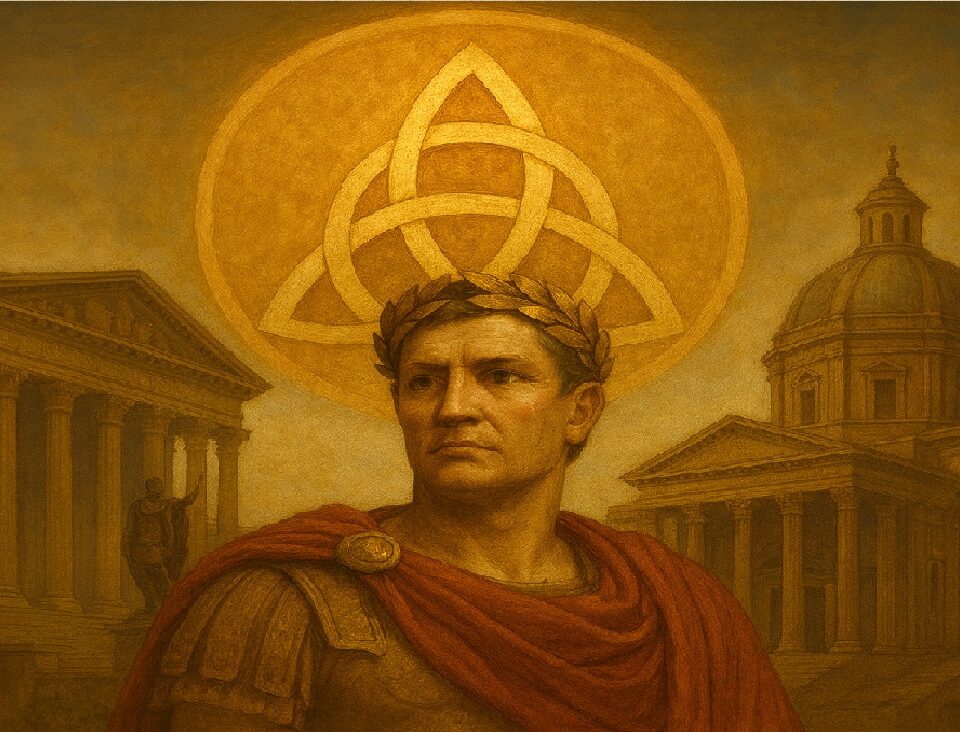
The seen and unseen God
January 13, 2022
Subordinationist “Church Fathers” and Protestants
January 23, 2022Adam Christology: Philippians 2

Another way to understand this much debated passage is through the lens of what’s known as Adam Christology.
What is it?
By “the 1960s & 1970s Anglo-Saxon exegetes had paid more attention…to the basic alternative that in [Phil 2] Christ is not celebrated as a pre-existent heavenly being, but in good Jewish fashion as a human counterpart to Adam [also Dunn, Raymond Brown]. Paul also compares Christ with Adam (Rom. 5.12-21; 1 Cor 15.21f, 45-47). In fact we can ask: Is not Adam, the first, original man, here replaced and surpassed by Jesus as the definitive, ultimately valid man?” Karl Kuschel, Born Before All Time, p 251.
Context
Paul starts with an appeal to all Christians:
5 Adopt the same attitude as that of Christ Jesus,
6 who, existing in the form of God, did not consider equality with God as something to be exploited. CSBalthough
Some translations render the Greek here as a past tense (“he was in the form of God”) which feeds into the Incarnation myth that says Paul was referring to Christ before his birth.
But it’s clear from both the context and in particular v. 5 that Paul had the human, historical person of the Messiah in mind.
That Jesus is who all Christians are supposed to model their behavior and mindset.
“If Christ walks in Adam’s footsteps then Christ need be no more preexistent than Adam. Nor indeed is there any implication that Christ was contemporaneous with Adam, acting in a similarly transhistorical situation. In point of fact, in earliest Christian Adam theology Christ always presupposes Adam, Christ’s odyssey presupposes the plight of Adam, of Adam’s offspring. As 1 Cor. 15.45ff. insists, the temporal order is clear: Adam first, Christ second–Christ is last Adam, Adam precedes Christ. Adam was not a copy of a pre-existent Christ, but ‘a type of him who was to come’ (Rom. 5.14).” Dunn, Christology in the Making, 1980, p 119.
With this in mind the contrast with the first human-adam can easily be seen throughout the passage.
Character contrast
First, Jesus existed “in the form of God,” i.e., he looked/sounded/acted like God during his ministry.
- Likewise, Adam was originally made after “the image of God,” i.e., without sin, with the authority to rule creation, etc.
- In the NT the words form and image are used as near synonyms (Col 1.15; 3.10; Phil 2.6; 2Cor 4.4; cp. Rom 8.29; 2Cor 3.18).
- Thayer’s Lexicon on the Greek morphe:
“The form by which a person or thing strikes the vision; the external appearance: children are said to reflect [the morphe] of their parents…”
- ESV Study Bible also says the word “Form” could be a reference to Christ being the ultimate image of God….the visible expression of God’s invisible glory (Col. 1:15).
- NOTE: the LXX translates the Heb. word image [tselem] both as morphe (Dan 3:19) and eikon (Gen. 1:26–27).
Jesus refused to grasp at “equality with God,” i.e., godlike (v. 6).
- Adam did grasp at being “like God” (Gen 1-3) and would have even “reach out” to the tree of life (Gen 3.22).
Jesus “emptied himself,” i.e., use his authority to rule.
- Adam was originally made to rule creation but desired more, i.e., knowledge of good and evil.
Jesus was “made in the likeness of men,” I.e., like any other mortal person (v. 7).
- Adam desired to be godlike, i.e., immortal.
Jesus “humbled himself,” he remained an obedient son.
Adam was not humble, did not remain obedient.
Jesus was “super-exalted” by God, even above the angels in heaven.
Adam was brought low, literally, back to dirt!
“The Christ of Phil. 2.6-11 therefore is the man who undid Adam’s wrong: confronted with the same choice, he rejected Adam’s sin, but nevertheless freely followed Adam’s course as fallen man to the bitter end of death; wherefore God bestowed on him the status not simply that Adam lost, but the status which Adam was intended to come to, God’s final prototype, the last Adam.” Dunn, Christology, p 119.
Moral of the story
Paul’s main point is to warn those Christians not thinking Christ-like to think and act like Christ, lest they end up like the first Adam.
“For those who exalt themselves will be humbled, and those who humble themselves will be exalted.” Matt 23.12
Cp. Psalm 138:6; Proverbs 3:34; 29:23; Luke 1:52; James 4:6; 1 Peter 5:5.

